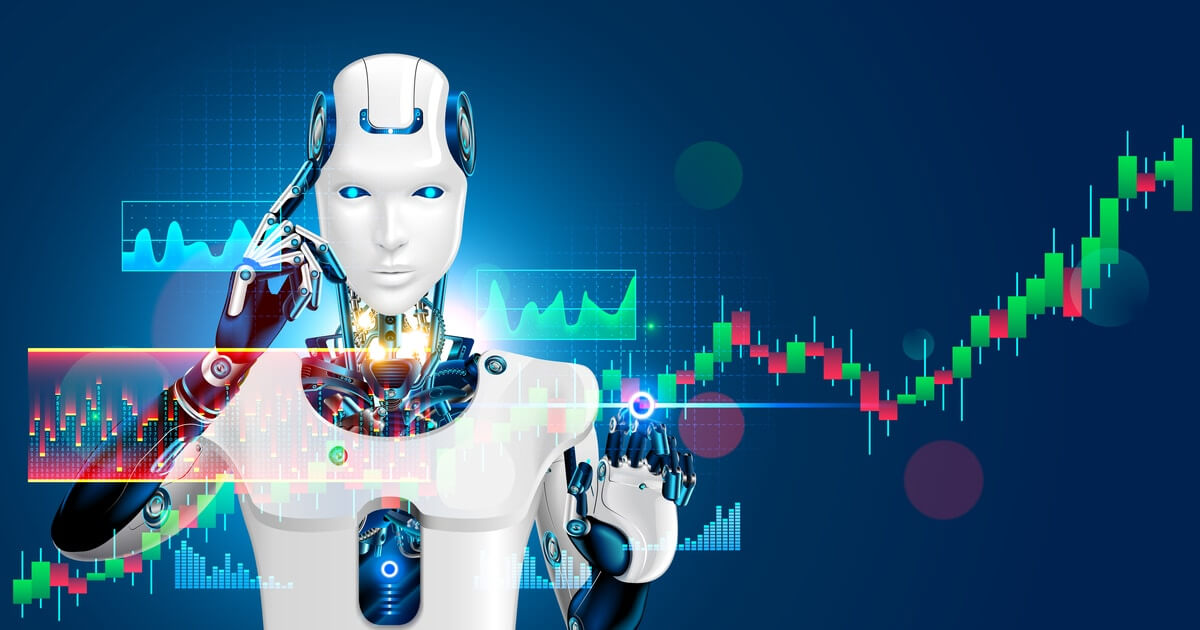Inverse Scaling in AI Test-Time Compute: More Reasoning Leads to Worse Outcomes, Says Anthropic

According to Anthropic (@AnthropicAI), recent research highlights cases of inverse scaling in AI test-time compute, where increasing the amount of reasoning or computational resources during inference can actually degrade model performance instead of improving it (source: https://twitter.com/AnthropicAI/status/1950245032453107759). This finding is significant for AI industry practitioners, as it challenges the common assumption that more compute always leads to better results. It opens up opportunities for AI businesses to optimize resource allocation, fine-tune model reasoning processes, and rethink strategies for deploying large language models in production. Identifying and addressing inverse scaling trends can directly impact AI application reliability, cost-efficiency, and competitiveness in sectors such as natural language processing and decision automation.
SourceAnalysis
From a business perspective, inverse scaling in test-time compute opens up significant market opportunities while posing challenges for monetization strategies. Companies can capitalize on this by developing specialized tools that detect and mitigate inverse scaling effects, creating new revenue streams in AI optimization services. For example, according to a McKinsey report from 2023, AI-driven productivity could add up to 13 trillion dollars to global GDP by 2030, but inefficiencies like inverse scaling could erode up to 20 percent of that value if unaddressed. Businesses in sectors like e-commerce and logistics, where AI handles complex queries, might see implementation challenges such as increased latency from excessive reasoning, leading to customer dissatisfaction. To counter this, monetization could involve premium features in AI platforms that cap reasoning depth intelligently, as demonstrated by Anthropic's Claude models, which incorporate safety mechanisms updated in 2024. The competitive landscape includes key players like OpenAI, Google, and Anthropic, with the latter gaining an edge through transparent research, as evidenced by their July 2025 tweet. Regulatory considerations are crucial, with frameworks like the EU AI Act from 2024 mandating risk assessments for high-stakes AI, potentially requiring businesses to disclose inverse scaling risks. Ethically, this phenomenon raises concerns about over-reliance on AI, prompting best practices like hybrid human-AI systems. Market trends indicate a shift towards efficient compute allocation, with venture funding in AI safety startups surging 150 percent year-over-year in 2023 per Crunchbase data, presenting opportunities for entrepreneurs to innovate in adaptive reasoning algorithms.
Technically, inverse scaling occurs when additional test-time compute, such as more inference steps or sampling, amplifies model weaknesses like hallucination or confirmation bias, as detailed in Anthropic's research shared on July 29, 2025. Implementation challenges include fine-tuning models to recognize optimal compute thresholds, which could involve techniques like reinforcement learning from human feedback, pioneered by OpenAI in 2022. Solutions might encompass dynamic scaling mechanisms that monitor performance in real-time, reducing compute when degradation is detected. Looking to the future, predictions suggest that by 2030, advancements in meta-learning could resolve many inverse scaling issues, enabling AI to self-regulate reasoning depth. The competitive landscape will likely see increased collaboration, as seen in partnerships between Anthropic and academic institutions in 2024. Ethical best practices recommend rigorous testing datasets, with benchmarks like those from the BIG-bench project in 2021 revealing similar scaling anomalies. For businesses, this means investing in R&D to overcome these hurdles, potentially yielding a 30 percent improvement in AI efficiency according to Gartner forecasts from 2024. Overall, addressing inverse scaling could transform AI from a brute-force tool to a more nuanced intelligence, impacting long-term industry growth.
FAQ: What is inverse scaling in AI? Inverse scaling refers to situations where increasing model size or compute leads to poorer performance on specific tasks, as highlighted in Anthropic's July 2025 findings. How can businesses mitigate inverse scaling? By implementing adaptive compute strategies and regular audits, businesses can avoid performance drops, enhancing AI reliability.
Anthropic
@AnthropicAIWe're an AI safety and research company that builds reliable, interpretable, and steerable AI systems.
.jpg)
